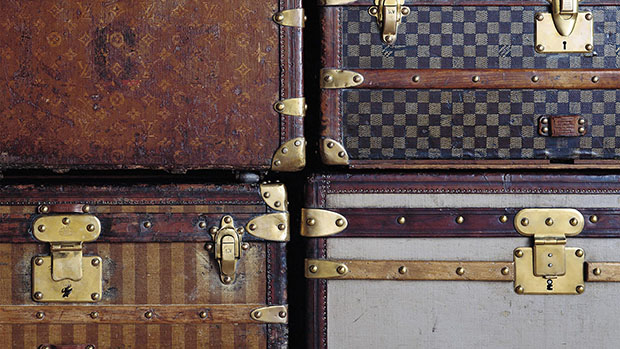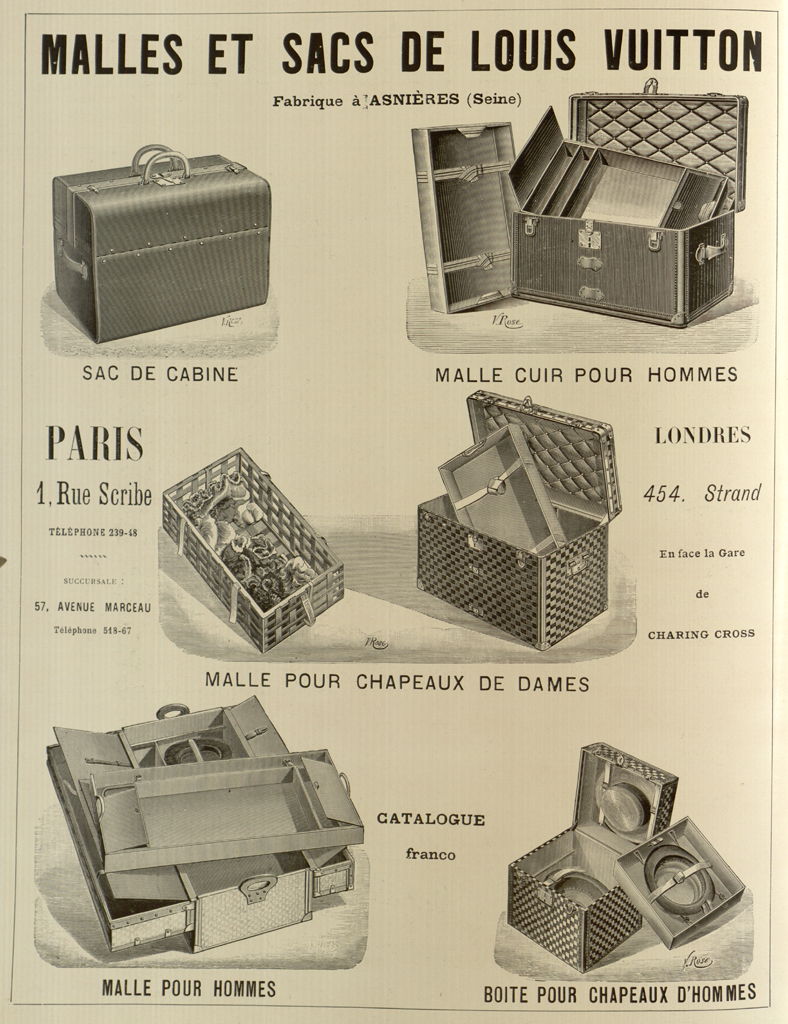
How Louis Vuitton created modern luggage
Discover how the designer, born 4 August 1821, prepared us all for the age of travel
If you’re preparing to take a break this summer, then spare a thought for the man who helped get the industrial age of leisure travel out of the departure gates.
The kind of cases that we entrust to the baggage handlers at one end and (hopefully) retrieve at the other have changed immeasurably over the years, and one of the earliest alterations was brought about by the 19th century French designer Louis Vuitton, born on this day, 4 August, in 1821.
As we explain in The Fashion Book, “Louis Vuitton, the fashion label’s progenitor and namesake, established the name in Paris in 1854 when he saw a general need for high-quality baggage, designing a flat trunk that could be stacked in the cargo hold of transatlantic ships or on the luggage racks of trains.”

Up until this point most trunks had a rounded top, all the better for repelling rain water when piled on top of an open carriage, but less well suited to the newer style baggage compartments.
And, while technology may have superseded Vuitton’s handcrafted, wood and canvas trunks, the firm’s designs continue to influence contemporary fashion to this day.
“Vuitton’s chequerboard ‘Daumier’ canvas was first introduced in 1888, and the famous monogram – a perennial status symbol – was created in 1886 by Louis’ son, Georges,” accoding to The Fashion Book. Those interlocking letters might not match any owner's initials these days, yet the LV insignia still says something about a traveller, even today.
For more on both Louis Vuitton and much more besides, order a copy of The Fashion Book here.